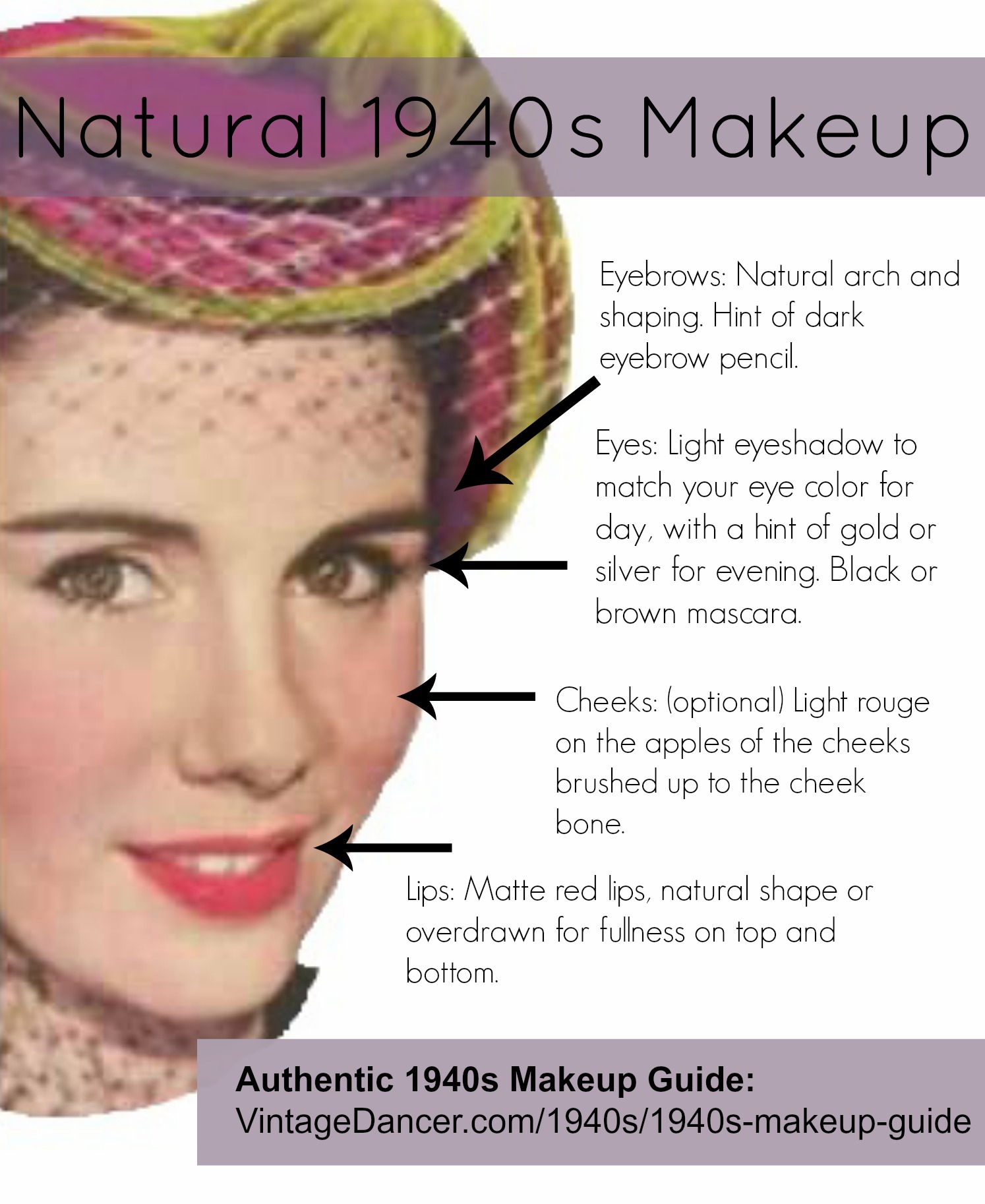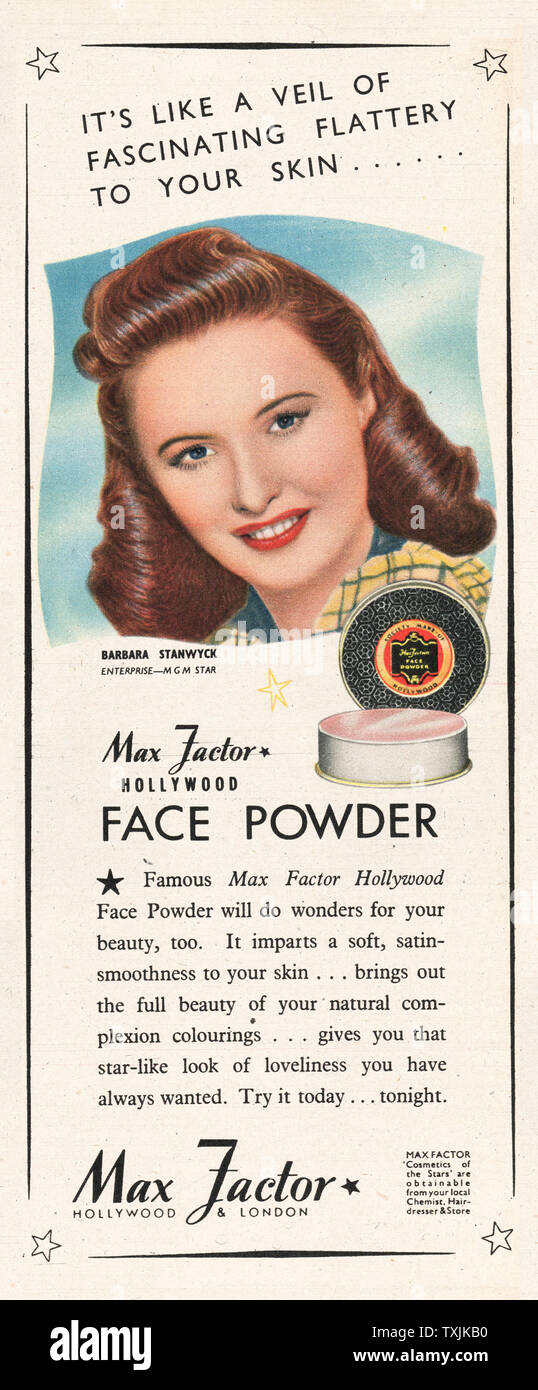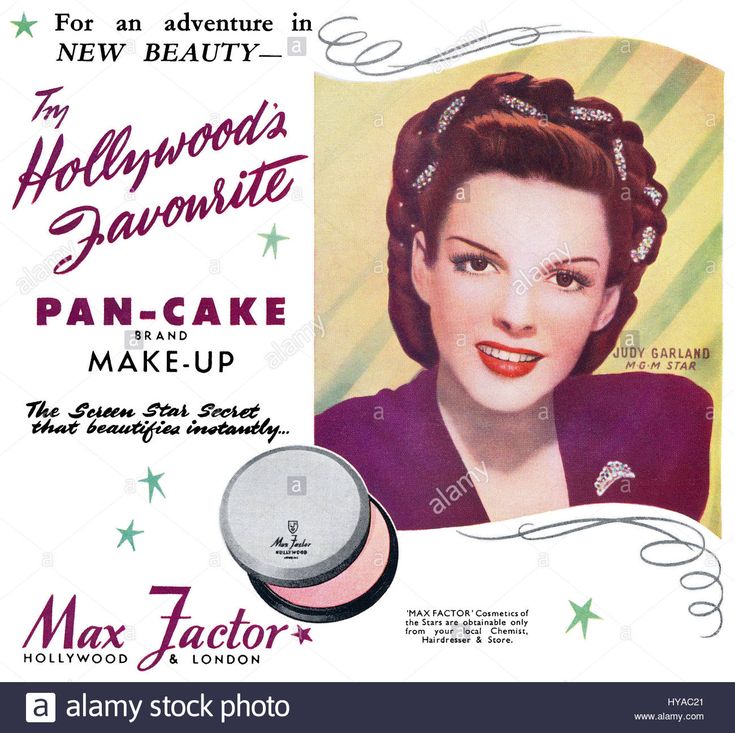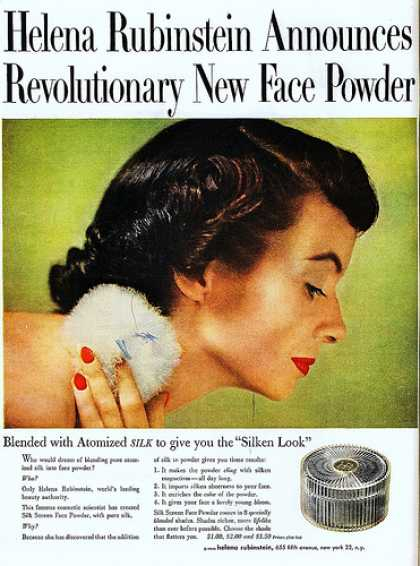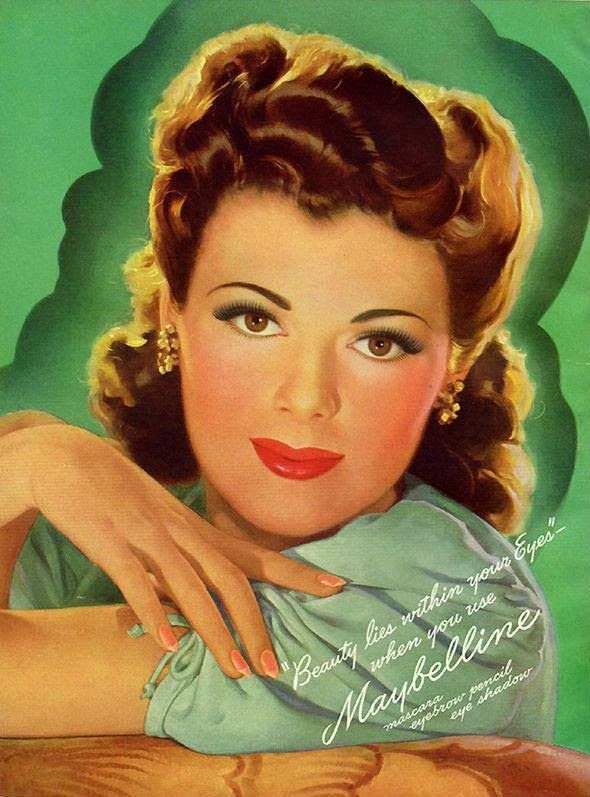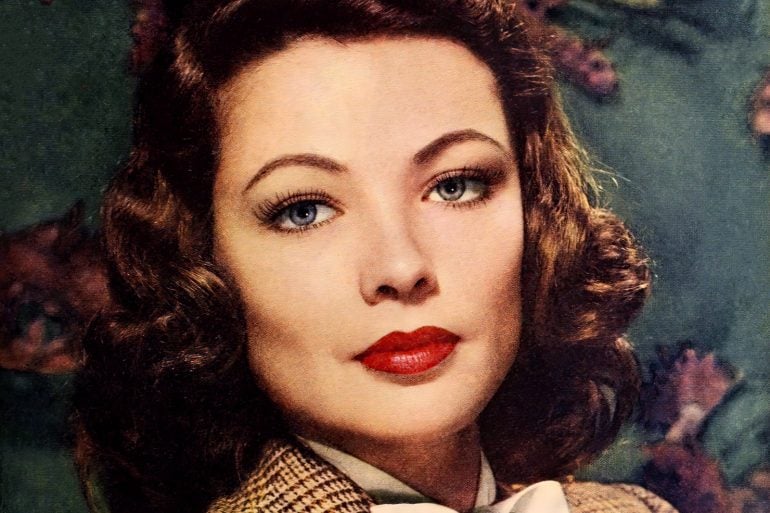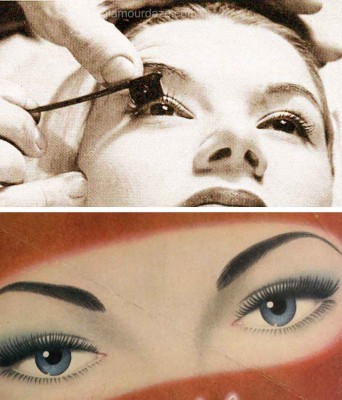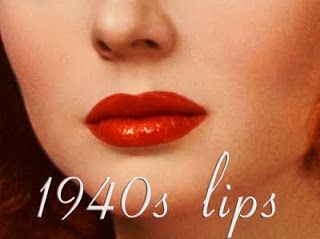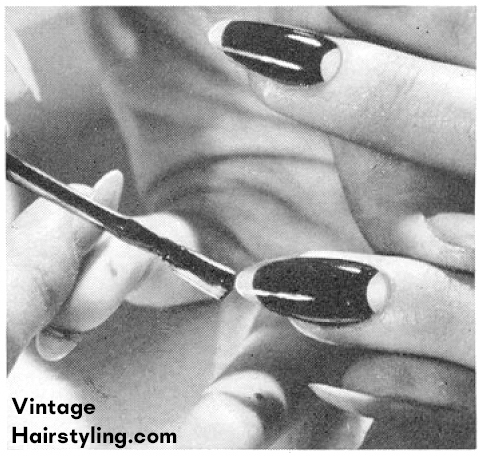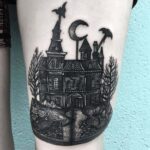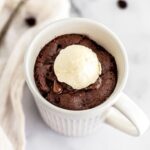You’re slipping into that stunning green dress that makes you feel like a million bucks. The hue exudes vibrancy, and you’re ready to turn heads. But hold up – what about your makeup game? Whether it’s emerald, olive, or a shade in between, a green dress is like a canvas waiting for the perfect makeup strokes to complete the masterpiece. In this guide, we dive into the world of makeup for green dresses, unlocking a treasure trove of tips, tricks, and color palettes that will elevate your entire look to a level of enchanting elegance. Get ready to steal the spotlight and make that green dress truly unforgettable.
Understanding Color Theory and Complementary Shades
Green is a versatile color that pairs well with various hues, depending on the desired effect.
When it comes to complementary shades, red lies opposite green on the color wheel, making it an excellent choice to create a striking contrast. Opt for warm undertones like coral or berry shades for your lips or blush when wearing a green dress. This combination creates a visually appealing balance.
Conversely, if you prefer a more harmonious look, opt for analogous shades that sit next to green on the color wheel. These include yellow-green and blue-green tones, which blend seamlessly with a green dress. Experimenting with different color combinations will help you find the perfect makeup look to suit your style and occasion.

Daytime Makeup Look: Fresh and Radiant
When the sun is shining and you’re donning a fabulous green dress, your makeup should mirror the freshness and vibrancy of the day. Whether it’s a casual brunch, a garden party, or a daytime event, mastering the art of a daytime makeup look that complements your green dress can make all the difference.
Complexion Magic: A dewy finish will capture the youthful radiance of daylight. Conceal any imperfections with a creamy concealer, ensuring a flawless canvas.
Fresh-Faced Blush: Choose a soft, rosy blush that mimics the gentle flush of your cheeks on a bright day. Blend it onto the apples of your cheeks for a natural, just-back-from-a-walk-in-the-park glow.
Glowing Highlights: Sweep a champagne or pearl-toned highlighter across your cheekbones, down the bridge of your nose, and on your cupid’s bow. This subtle touch of luminosity captures the sunlight, giving your skin a healthy, dew-kissed sheen.
Eyebrow Perfection: Groomed brows frame your face and set the tone for your overall look.
Naturally Alluring Eyes: For your eyes, opt for soft, neutral tones that enhance without overpowering. Earthy browns, subtle golds, or soft peaches can create a delicate daytime glam. Apply a light wash of color on the lids and define the crease with a slightly deeper shade for subtle dimension.
Defined Lashes: Curl your lashes and apply a coat of mascara to open up your eyes. For a softer effect, choose brown mascara instead of black.
Luscious Lips: Keep your lips looking effortlessly elegant with a tinted lip balm or a sheer lipstick in a warm nude or soft pink shade.
Evening Makeup Look: Glamorous and Sophisticated
The soft glow of moonlight calls for a makeup look that’s equally enchanting and captivating. Whether you’re headed to a glamorous soirée, a romantic dinner, or a night on the town, mastering an evening makeup look that complements your green dress is your ticket to turning heads and owning the night.
Smoldering Base: A long-wearing foundation will provide coverage without feeling heavy. Conceal any imperfections and set your base with a translucent powder to ensure your makeup stays in place all night.
Dramatic Contour: For an evening look, you can be a bit more daring with your contouring. Sculpt your cheekbones, jawline, and forehead with a matte bronzer to add depth and dimension.
Bold Blush: Choose a deeper and more intense blush shade to create a romantic flush on your cheeks. A rich rosy hue or a soft berry tone can add warmth and drama to your look.
Glowing Highlights: Amp up the highlighter game with a luminous powder or cream that adds a touch of radiance to your high points. Subtle yet impactful, this step adds a hint of ethereal shimmer.
Defined Brows: Make a statement with your brows by ensuring they’re perfectly groomed and defined.
Sultry Smokey Eyes: Embrace the allure of the evening with a smokey eye. Deep greens, rich plums, or sultry charcoals can create a captivating and mysterious effect. Blend shades seamlessly for a seamless transition from light to dark.
Intense Lashes: Opt for volumizing mascara or even false lashes to make your eyes pop. The goal is to create an intense, fluttery lash effect that enhances your eye makeup.
Statement Lips: For an evening affair, go bold with your lip color. Deep reds, berry shades, or even a sultry nude with a hint of gloss can add a touch of allure to your overall look.
Step-by-Step Guide: Achieving a Stunning Makeup Look with a Green Dress
Let’s take a step-by-step approach to achieving a stunning makeup look to complement your green dress:
Step 1: Prep Your Skin
- Cleanse your face thoroughly and remove any traces of dirt or makeup.
- Apply a moisturizer suited to your skin type to ensure hydration.
Step 2: Create a Flawless Base
- Choose a foundation that matches your skin tone and apply it evenly using a brush or sponge.
- Conceal any blemishes or under-eye circles with a concealer that blends seamlessly into your foundation.
Step 3: Define Your Eyes
- Apply eyeshadow primer to ensure long-lasting eye makeup.
- Choose eyeshadow shades that complement the green dress, such as bronze, gold, or purple.
- Use an eyeliner to define your eyes, whether you prefer a subtle stroke or a dramatic winged look.
- Finish with mascara to add volume and length to your lashes.
Step 4: Enhance Your Cheeks
- Apply a blush shade that complements your skin tone and the green dress.
- Smile and gently sweep the blush onto the apples of your cheeks, blending it towards your temples.
Step 5: Perfect Your Lips
- Choose a lip color that complements the overall look and your personal style.
- Whether you prefer a nude shade or a bold lip color, ensure it harmonizes with the green dress.
Step 6: Finishing Touches
- Set your makeup with a setting spray to ensure longevity.
- Double-check your entire look in natural lighting to make any necessary touch-ups before heading out.
By following these steps, you’ll achieve a flawless makeup look that beautifully enhances your features while harmonizing with your green dress.

Tips for Choosing the Best Makeup Look
- Consider the occasion: Tailor your makeup to the event you’re attending. A daytime look may require more subtlety, while an evening event allows for bolder choices.
- Take your skin tone into account: Different makeup colors suit different skin tones. Experiment with shades that enhance your natural complexion.
- Play with different textures: Matte, shimmer, or metallic finishes can add dimension and interest to your makeup.
- Balance your features: If you choose a bold eye look, opt for a more neutral lip color, and vice versa, to avoid overwhelming your face.
- Practice makes perfect: Don’t be afraid to experiment with different makeup looks before the actual event. Practice allows you to refine your skills and find the perfect look.
By applying these tips, you’ll be able to create a makeup look that complements your green dress and highlights your unique beauty.
Conclusion
Choosing the right makeup look to pair with a green dress can elevate your style and enhance your natural beauty. Whether you opt for a fresh and radiant daytime look or a glamorous evening makeup style, remember to consider color theory, complementary shades, and your personal preferences. By following our step-by-step guide and considering alternative options like mineral makeup, you can achieve a stunning and cohesive look that turns heads wherever you go. Embrace your green dress and let your beauty shine!
FAQs
- Can I wear red lipstick with a green dress? Absolutely!
- What are some other alternative makeup options for a green dress? Aside from mineral makeup, you can also explore organic and vegan makeup brands that offer eco-friendly options. These products are typically free from harmful chemicals and are gentle on the skin.
- Should I match my eyeshadow to the shade of green in my dress? It’s not necessary to match your eyeshadow directly to the shade of green in your dress. Instead, consider complementary colors or shades that enhance your eye color. For example, if you have brown eyes, purples or bronzes can make them pop.
- Can I wear a bold eye look with a green dress? Absolutely! A green dress can be a stunning canvas for a bold eye look. Consider experimenting with smoky eyes, vibrant eyeshadows, or even glitter accents to create a dramatic and attention-grabbing style.
- Are there specific lipstick shades that work best with a green dress? When it comes to lipstick shades with a green dress, it’s all about personal preference and the overall look you want to achieve. Nude shades, soft pinks, reds, or even berry tones can all complement a green dress beautifully. Consider your skin tone and the occasion when choosing your lip color.



